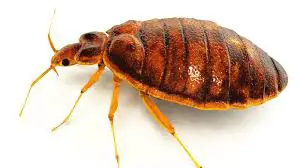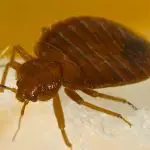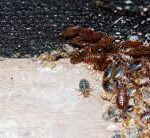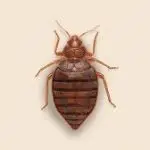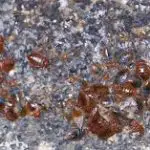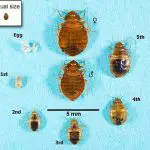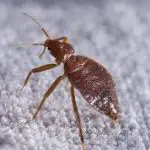When Do Bed Bugs Hibernate?
When temperatures drop, bed bugs enter a semi-hibernation or “diapause,” a state of slowed metabolism and energy conservation. This mode of life allows the bugs to survive without feeding for months. This state allows bedbugs to survive in cold temperatures, but extreme cold will kill them.
In the coldest temperatures, bedbugs go into a dormant state, meaning that they stop feeding and don’t explore their surroundings. Instead, they lay eggs that take a long time to hatch. During this time, bedbugs are able to conserve their energy by sleeping instead of feeding and breeding.
While it is true that many insects go into hibernation during the winter, bed bugs don’t hibernate as often. Instead, they go into a state of diapause when temperatures drop, which allows them to conserve energy and halt reproduction until conditions improve. Because bed bugs don’t live in outdoor colonies, they don’t need diapause very often. However, when temperatures get warm enough, bedbugs will come out of their hibernation and be active once again.
The temperature of a room is crucial to the life cycle of bed bugs. The right temperature will help the bugs produce eggs and develop into adults. When temperatures drop below 59 degrees, they won’t hatch at all and will remain dormant for six to 10 days. If the temperature in the room increases, they will begin to feed again and produce their eggs and sperm.
